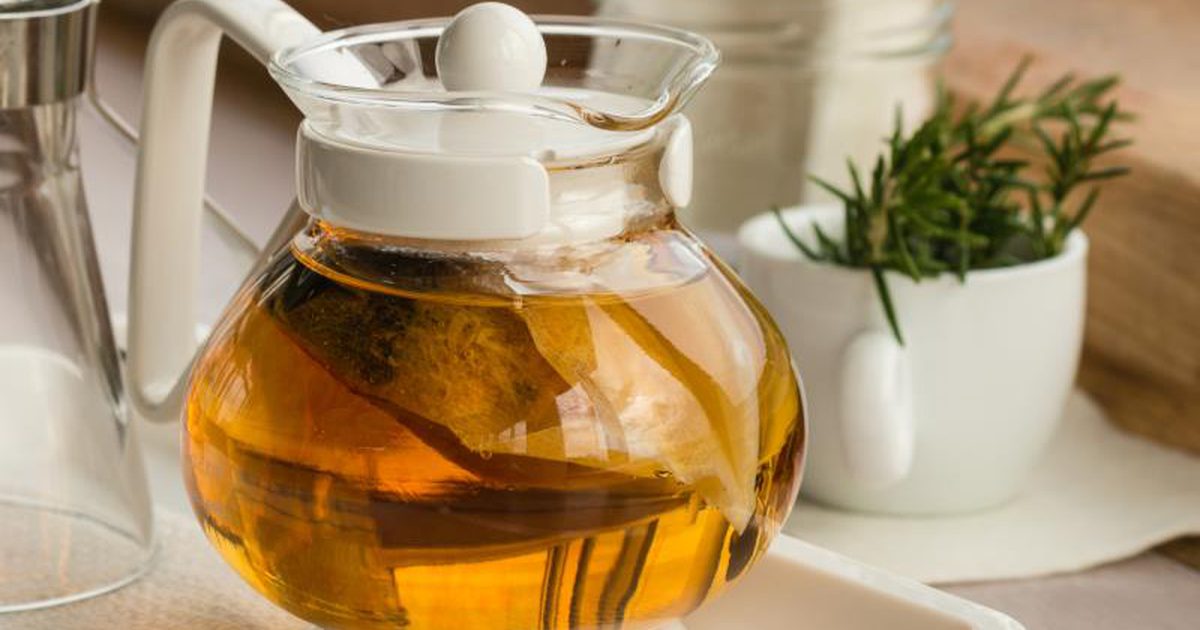History of Tea | A Brief Summary
History of Tea. Photo credit: Fine Dining Lovers The History of Tea: A Brief Summary Birth of Tea The beginning of the history of tea can be traced back to China. This is because tea was discovered in Chin, situated in the mountains of Sichuan and Yunnan. Ultimately Yunnan Province is recognized as…

